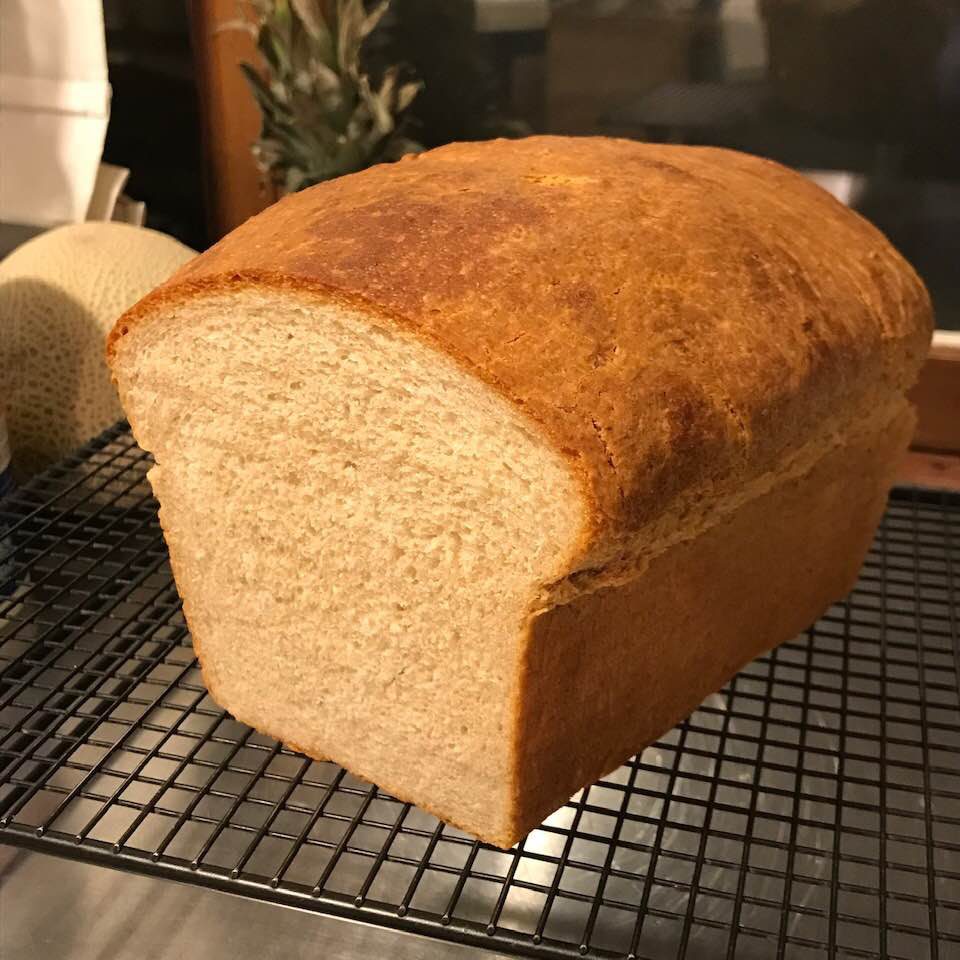How to keep bread baking consistent through the seasons
May 22, 2021 by DarcieAs spring moves toward summer here in the northern hemisphere, atmospheric changes can wreak havoc on your baked goods, especially those involving yeasted dough. The smooth, supple bread dough you made in January may suddenly become shaggy and sticky in June, even though you made no other changes. The change in humidity levels is likely the culprit, says PJ Hamel of King Arthur Baking. She provides tips on how to make sure your bread dough is consistent across the seasons.

If your flour has absorbed moisture that is hanging around in the air, you will need to tweak your recipe. While you may be tempted to just use more flour to compensate, Hamel says that instead you should use less water. The difference is that adding more flour “negatively affects the balance between flour and the remaining dough ingredients: yeast, salt, sugar, butter… While it’s easier to correct a hydration mistake by throwing flour at it, it’s actually better for your finished loaf to not make that mistake in the first place,” she says.
The other problem that affects baking as the seasons change is the temperature of your kitchen. If it is too warm, the dough will rise faster but you will lose out on many of the flavor compounds that only develop over time. The sweet spot for the dough, according to Hamel, is 74 to 78 degrees F. If your kitchen is hotter, you can chill the water you add to the recipe accordingly to even out the dough temperature.
Categories
- All Posts (6839)
- Antipasto (2083)
- Author Articles (246)
- Book News (932)
- Cookbook Giveaways (978)
- Cookbook Lovers (250)
- Cooking Tips (106)
- Culinary News (299)
- Food Biz People (548)
- Food Online (782)
- Holidays & Celebrations (265)
- New Cookbooks (146)
- Recipes (1488)
- Shelf Life With Susie (231)
- What's New on EYB (132)
Archives
Latest Comments
- skyejaden on Gift Guide for Bakers – 2024 and Giveaway
- skyejaden on Desi Bakes – Cookbook Giveaway
- FuzzyChef on Bay leaves – essential or superfluous?
- hangryviking on Gift Guide for Bakers – 2024 and Giveaway
- FJT on Bay leaves – essential or superfluous?
- lucymajor94 on Desi Bakes – Cookbook Giveaway
- lucymajor94 on The Curry Guy Chicken – Giveaway
- acecil on Gift Guide for Bakers – 2024 and Giveaway
- GillB on Bay leaves – essential or superfluous?
- lascatx on Bay leaves – essential or superfluous?